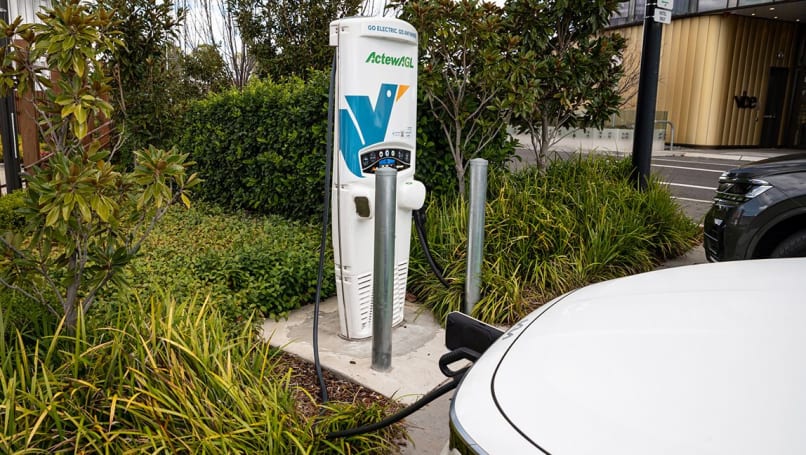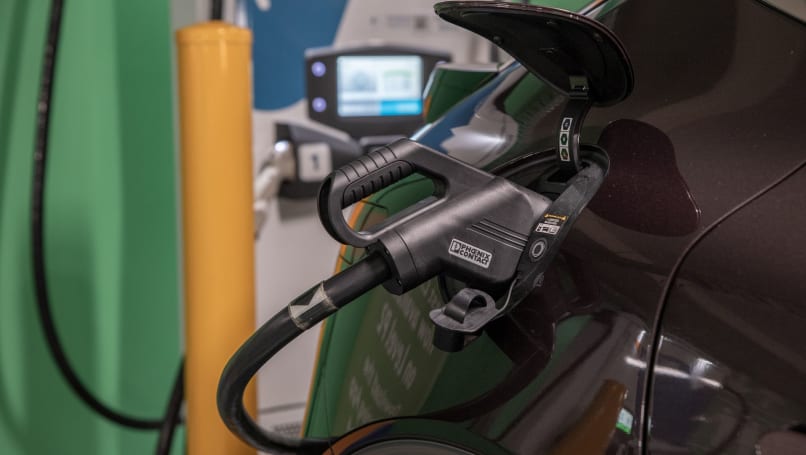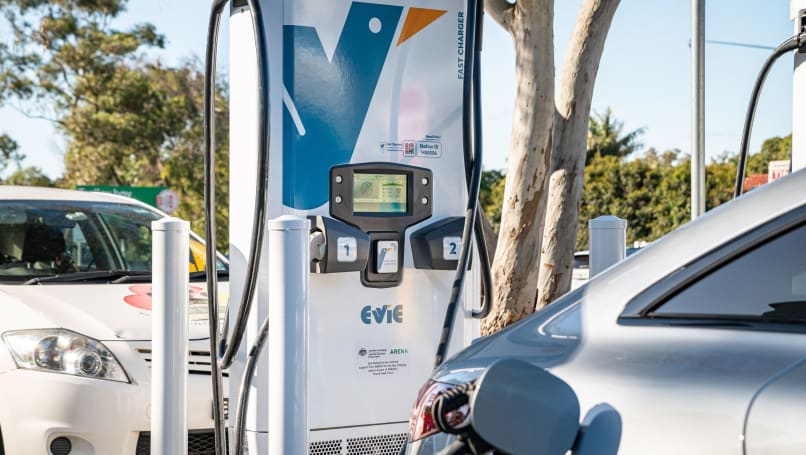
We need faster speed limits in Australia - and I'm not saying that because I'm a hoon | Opinion
Speed kills. It’s the message that we’ve had driven home for decades by law...
Browse over 9,000 car reviews

There have been a few stories circulating lately about how electric cars aren't as cheap to run as you might have first thought, with some claiming an electric version of a car costs as much, and in some situations more to ‘refuel' than a petrol equivalent.
But how is pricing for public electric car charging set, and what accounts for the rate?
For reference, fast DC charging stations - the kind you might use on a freeway or once a week to charge up if you can't at home - cost between 30 to 70c per kWh.
If we take the example of a car with a fairly standard long-range 78kWh battery pack, that gives you a worst-case scenario charging cost of $54.60, or more realistically, $38.22 when you consider that most fast-charging is done between 10 to 80 per cent of the battery size.
Still less than half of the cost of 45 litres of 91 unleaded at the current average price of $1.94 per litre. But many electric cars travel half as far on a full ‘tank' so you can see how the price might get close to parity.
Of course, pricing varies greatly depending on the charging capacity and location, and it's worth remembering it is significantly cheaper to charge up at home (where the cost is more like 16c/kWh) and cheaper still if you have solar. There are even some locations, slow and fast, you can charge up for free.
So how are these prices calculated? Speaking to CarsGuide at the Everything Electric show in Sydney, Paul Fox, co-founder of Evie Networks, explained what factors into the brand's pricing model for its DC charging locations, and what may affect the price in the future.

If you were thinking the cost is down to charge providers trying to recoup the cost of hardware and installation, Fox says an inordinate amount of the cost is down to inefficient pricing from energy providers.
"In the last year we've still had no real movements on tariffs by service providers" he explained.
"There's been some frustration from the government which has led to some improvements, but we're still working with tariffs which are designed for small factories and not electric car charging stations.
"What we need is a specially designed tariff for DC charging stations which doesn't end up with high costs to consumers.
"What happens is you end up with 75 per cent of the energy cost being a network component which is skewed. Typically networks themselves say the cost should be around 30 to 33 per cent but we're finding that 60 - 75 per cent range. Clearly there is a problem with tariff design and yet we're not seeing real progress on that."

What would it take to cause a change in pricing (which, aside from energy-cost related fluctuations, has largely stayed the same since EVs started taking a larger market share)? Fox says reform from governments or energy service providers would make a difference.
"It would take tariff reform for the pricing to come down, that's the reality" he says. "We've seen some cool things happening around ‘operating envelopes' and such but that's no excuse to delay action on tariffs."
Another factor built into an increasingly utilised charging network is the necessity of eventually adding ‘idle charges' to discourage sites being under-utilised. Fox said Evie would be considering idle charges as part of its pricing strategy in the future, as demand for sites affect its pricing strategy in the long run.
"We try to design pricing based on local demand, and, at a service level, so people don't have to wait so long."
Idle fees, which are already used by some charge providers and are more widespread in other parts of the world, would continue to charge users possibly even at a higher rate, which remain plugged in and occupy a charging bay after their vehicle has reached its maximum state of charge.

"In general, people aren't waiting too long, but some sites are popular and become congested - we're trying to predict congestion in advance because it takes time to upgrade a site - that might look like more bays or more power [higher peak kW charging rates per pylon] or some combination. There's usually a point in the day where you can see peak demand - we're going to build that into our app for those people who can choose to come earlier or later.
"We saw the media chasing a story around massive congestion at some locations over the holiday period. It didn't turn out to be the case. A lot of that is because the capacity has been built and the etiquette has been improving.
"A lot of people are actually keen to see idle fees as that will reduce their wait times. We'll be trialling those this year. We're looking at ways to try and build those incentives and reminders in the app."
Evie has been a key player in expanding the amount of available fast charging locations across Australia and has recently expanded into fleet charging solutions, duking it out with its key rival, Chargefox.
The space is slowly but surely becoming more competitive, with an expanding network from smaller providers like Jolt, and fresh competition from oil companies which leverage their existing forecourt locations, like BP's Pulse network, and Ampol's AmpCharge.
Comments